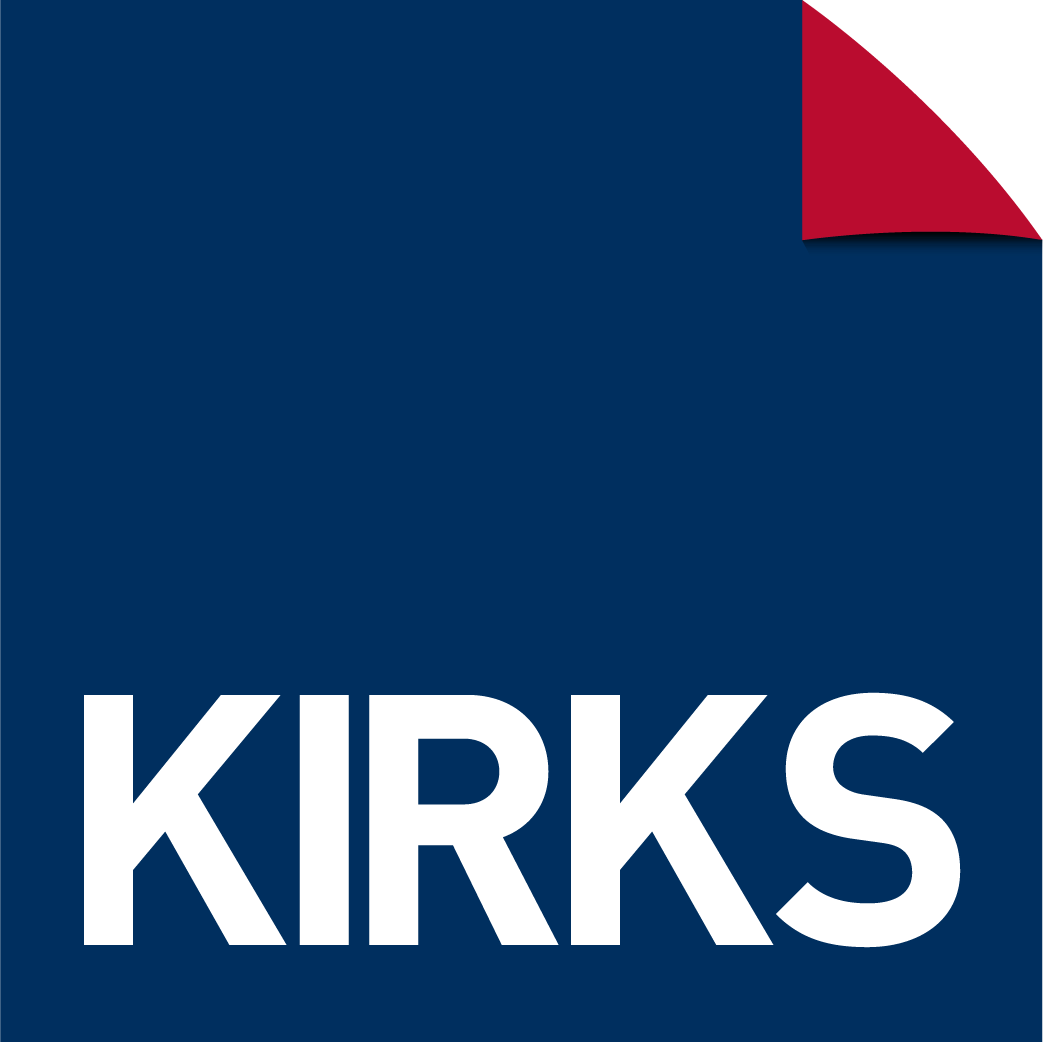The quick answer
A Company Voluntary Arrangement (or “CVA) allows a limited company to keep going and avoids closure and liquidation.
The CVA is a proposal by the company to its creditors to pay them back all or part of the debt it owes over time. It needs 75% of credtirs by value to agree to it and then i is binding on all unsecured creditors. Unsecured creditors includes tax and vat.
We help the directors prepare a CVA document that sets out a proposal to creditors, with the aim of giving a fair outcome to all parties in the circumstances.
From start to end a CVA should take about four weeks to get in place.
In more detail
10 Main steps Of The CVA Process
- We gather information such as an up to date balance sheet, asset values and a list of creditors.
- We will need the directors to prepare a 12-month projection. This is usually a cash flow projection showing the business can afford to carry on. Sometimes you will need your accountant to help you do this.
- We then help work out a fair offer to creditors. We do this by seeing what you owe and working out what you can afford to pay over a period of usually 36 months or longer (never more than five years).
- The CVA proposal is drafted and then approved by the directors. It is a long document containing all the above plus the terms and conditions of the CVA.
- We then prepare a Nominees Report – a report to the Court of whether or not we think the CVA proposal is fair and a good idea.
- We then call a meeting of shareholders and decision meeting of creditors with 14 days’ notice. The shareholders meeting is held first. The creditors meeting/decision comes immediately afterwards.
- Creditors and shareholders vote to approve the CVA proposal, reject it or propose modifications.
- Hopefully, the CVA is approved and we report this to all parties; creditors, shareholders and Companies House.
- We monitor the company to make sure it complies with the terms of the CVA and send out annual reports and pay dividends to creditors. If you can not keep up with the payments the usual outcome is the CVA fails and the company goes into liquidation.
- Once completed we issue a certificate of completion. This will mean the CVA has ended successfully.



